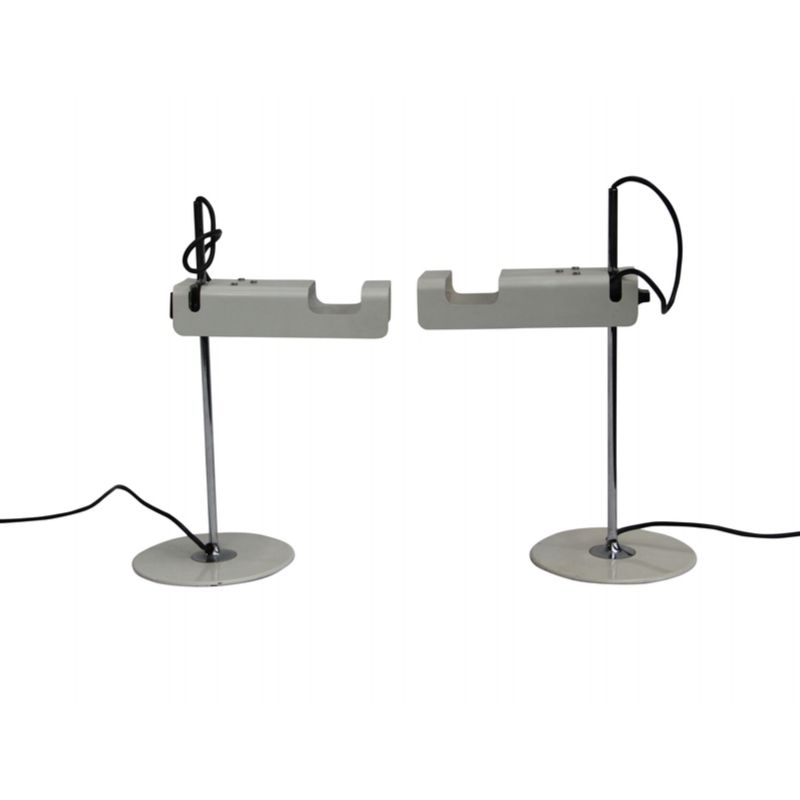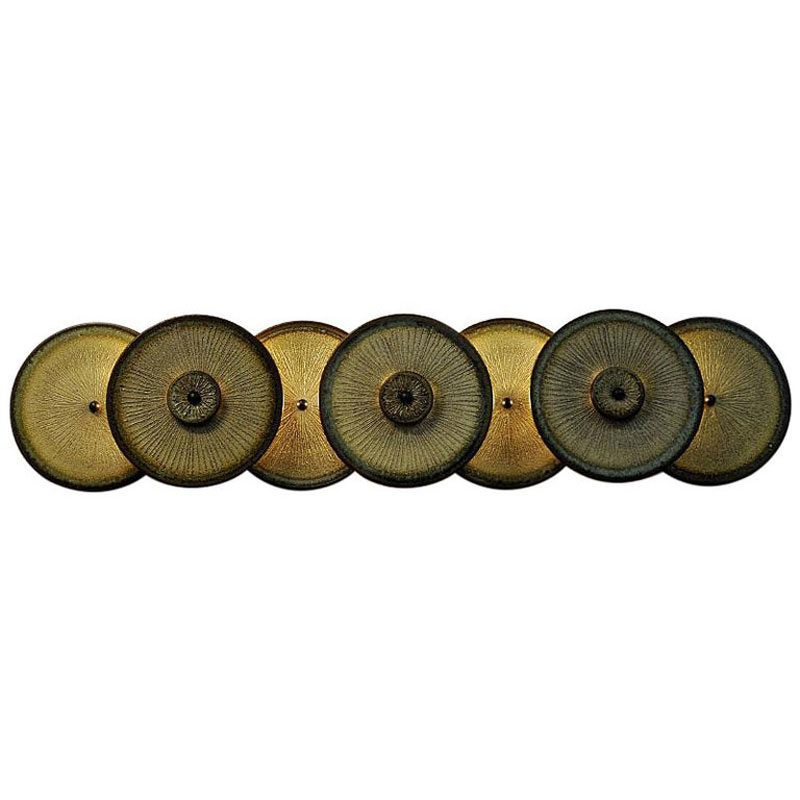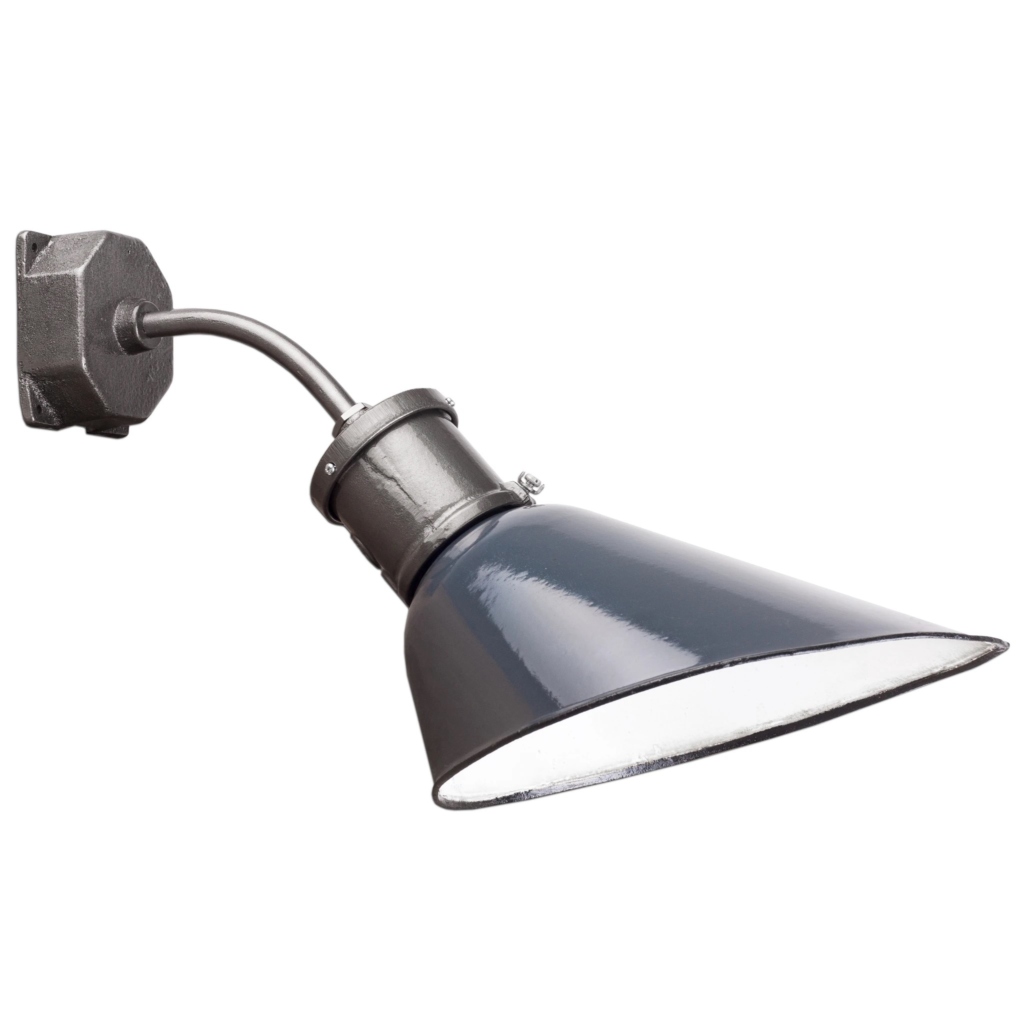With a little additional time and research I think I've uncovered answers to my own questions (and will post here for future online researchers):
The "peg/pin" picture above isn't a peg/pin at all. It is simply adhesive that seeped into the hole in the rubber shock mount which solidified and stuck to the wood, giving it the appearance of a peg.
And yes, all four shock mounts need to be replaced. Duh.
My final question related to the repair, which I can't find much direction on, is how to remove the old shock mounts still glued to the wood shell. Does anyone have an efficient method of doing so?
The mounts that did not fail are actually still very solid. I'm trying to figure out the best way to remove them without damaging the wood.
A sharpened putty knife and a hammer are what I have used in the past to remove damaged but still attached shock mounts. Sharpening the somewhat dull edge of the putty knife helps it push between the mount and the wood and better cuts through the adhesive. Start working the putty knife under the mount and while using the hammer to drive the putty knife further under the mount. It's slow going, the rubber and adhesive are tough stuff. Any remaining adhesive and rubber can be removed with an orbital sander using 120 grit paper.
And a note on new adhesives. I have used the Hume Modern kit in the past to repair my chair and it came with a name brand cyanoacrylate (super glue). I know there has been much discussion regarding the correct adhesive on this forum, mostly about various types of epoxies.
Brilliant Lowe9, thank you for the information.
I've been very conservative on applying force so to not damage the wood. I'll give this a shot.
I'm wondering if heating it with a hair dryer would move things along?
If you have any feedback on your experience with the cyanoacrylate, I'd be interested in hearing more. With such detailed discussions on the adhesives, I'm going to consult a trusted family member who worked in the adhesive industry for over 30 years in order to get an impartial opinion. I already know that the first bit of advice will relate to preparation. Any adhesive is only as good as the prep job.
I would recommend gentle and thorough heating of the mount while working a dull (but not too dull) 1' wide, stiff putty knife between the neoprene and plywood. Firm, steady hand pressure should be sufficient here, but exercise patience and expect slow progress. Try to resist the urge to pry the pieces apart.
Lowe's advice to sand off remaining residue is sound. I masked off the area with blue painter's tape and hand-sanded using 80-grit removing +/-90% of the old adhesive when I did mine. Curiously, Alfie Hume recommended PC-7 when I spoke with him over the phone at the time maybe 10 years ago. That's what I used and the repairs have been rock-solid since.
If you haven't already, make templates to help locating the new mounts. You'll be glad you did.
Surfaces, both wood and backside of mount, scuffed with 60 or 80-grit will provide adequate "tooth" for the glue to key onto. Wiping both surfaces with acetone just prior to glue-up is a good idea, too. After thorough mixing, I spread thin layers of PC-7 on both surfaces with an artist's palette knife. Accurate positioning is a bit tricky as the glue acts as a lubricant at first and the mounts want to slide as pressure is applied. Avoid excessive clamping pressure so as not to starve the joint. Before the squeeze-out sets up, smooth it into a +/-1/16"-radius fillet and clean up the rest.
I'd be curious to hear what your relative has to offer regarding adhesives. I've used PC-7 to adhere about a dozen shock mounts to my ES670 and DCMs over the years with zero failures. PC-11, OTOH, failed within a year. I have no idea why. Worked great on my fiberglass dinghy.
There are newer two-part structural adhesives such as G-Flex by West System and a couple by ITW Plexus and 3M that might be better performers, but, until somebody tells me they're worth the trouble and expense, I'm sticking (sorry) with the stuff I can buy at the local hardware store that I know works well enough.
Thanks again for the excellent advice. I utilized a hair dryer and 1' stiff putty knife. It wasn't quick, but the old shock mounts are off and no damage was done to the shell. To quote the good advice from tktoo: "Firm, steady hand pressure should be sufficient here, but exercise patience and expect slow progress. Try to resist the urge to pry the pieces apart."
Even with a putty knife under 85% of the mount, it was still stuck on pretty good- but instead of prying, I advanced the blade slowly.
While I won't get official adhesive advice until the materials can be viewed in person, I sent some pictures to my relative for some initial thoughts. He mentioned that cyanoacrylate may be too brittle for a long term fix and cautioned against that. I'll see what he knows about PC-7 and some of the newer products.
I'm going to pick up some PC-7 today to perform some testing (and practice) while I clean up the old shock mount residue. I'm sure I'll figure some of this out through trial and error, but if you have any additional input on what the proper clamping pressure feels like, that would be appreciated.
Also, I wanted to ask what supplier that you used for your actual shock mount replacements.
Once again, thank you for all of your input. you've been extremely helpful.
I was lucky enough to get OEM shock mounts for my 670 from "a friend of a friend", but I wouldn't hesitate to buy Alfie's.
While PC-7 has excellent gap-filling capabilities, I'd shoot for a thin layer, say a 64th of an inch or less. It's more a sense of feel than anything. Really, I couldn't even guess what thickness I ended up with. Just don't screw clamps down so tight that all the adhesive squeezes out and it should be fine.
If you need any help, please contact us at – info@designaddict.com









